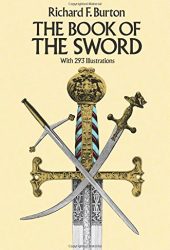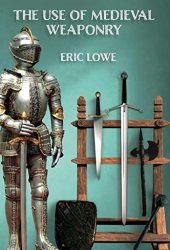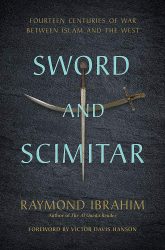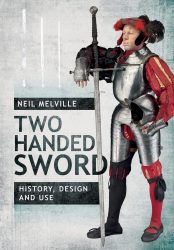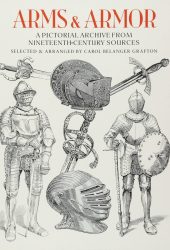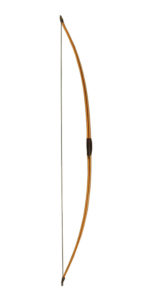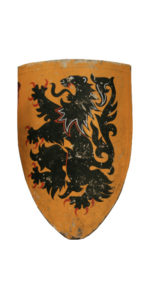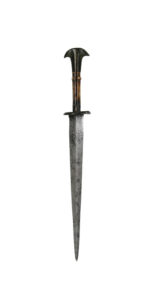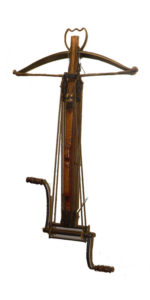The Mace was a weapon popular in medieval times that used a heavy radially symmetric head made of stone, copper, bronze, iron, or steel on the end of a wooden or metallic handle to deliver powerful blows and strikes.
The length of maces could vary considerably (the average was two or three feet), and there were many mace designs that involved some kind of change to the head. For example, some medieval maces had flanges or knobs to allow greater penetration of armour; especially plate armour. Having said that, the force of a blow from a mace was large enough to cause damage without penetrating the armour.
Because medieval maces were relatively simple and cheap to make, these types of weapons were common among peasant rebels and conscript armies. many organizations used (and continue to use) them as symbols of authority, often parading them in academic or civil rituals.
History Leading Up to the Medieval Mace
The mace was developed during the Upper Paleolithic from the club by adding sharp spikes of flint or obsidian (an exhibit in the Museum of London shows a stone mace head from c. 2,900 – 2,100 B.C.E). In Europe, Bronze Age archaeology cites numerous finds of perforated mace heads.
Maces are depicted as a weapon used by the Normans in the Bayeux tapestry, which shows the events leading up to the Battle of Hastings and the Norman conquest of England in 1066. Maces are also shown in the Morgan or Maciejowski Bible of the 13th century, representing some of France’s scenery and customs.
Starting in the 14th Century, maces were the usual weapon of the cavalieri, mercenary armies of Northern Italy that were hired by city-states throughout Europe. Armor and weapons for the cavalieri centered in Milan, which remained separate from Papal rule.
Some believe that the clergy used maces to avoid shedding blood in war (they provided a loophole in which religious men could still fight), but the only evidence for this is the depiction of Bishop Odo of Bayeux in the Bayeux Tapestry.
Types of Medieval Maces
Medieval knights and warriors used various types of maces, including the flanged mace, the knobbed mace, and the spiked mace. These all had a distinctive designs and served different functions. So, let’s go through mace types in a little more detail to see how they were used throughout the Middle Ages.
Flanged Mace
The flanged mace was capable of penetrating armour and is thus considered responsible for the increase in the use of plate armour during medieval times. Although there are some references to them (bardoukion) as early as the Byzantine Empire c. 900, flanged maces didn’t become popular in Europe until the 12th century.
The flanges in this type of mace are designed to catch a point in the armour of the opponent and drive all the force of a blow to it. In many cases, this action alone could pierce the piece or crush the armour inwards. When this happened, the person wearing it could suffer considerable damage. Even the best armours could neve fully defend a fighter from the full force of a flanged mace.
Knobbed Mace
The earliest known European maces are all knobbed. They come in several styles, although many trace their routes to the knobbed cube form found in the Khazar lands north of the Caucasus in the 9th and 10th centuries. This type of mace also became popular in medieval times, as the knobs could boost this weapon’s impact.
If you have ever heard of the Holy Water Sprinkler mace used during the Crusades, you know a knobbed mace already, as this weapon had a long handle with several knobs. As opposed to the flanged mace, which intended to pierce armour, the knobbed mace was used for providing blunt force and crushing bones.
Spiked Mace
The spiked mace (also commonly referred to as a Morning Star) had spikes or points in the head. These weapons were also used in the Middle Ages, although they were more prevalent in India (the Gada, which had a wooden handle and a metal head), and Persia (the Shishpar, which could be used to pierce armour and inflict bleeding wounds).
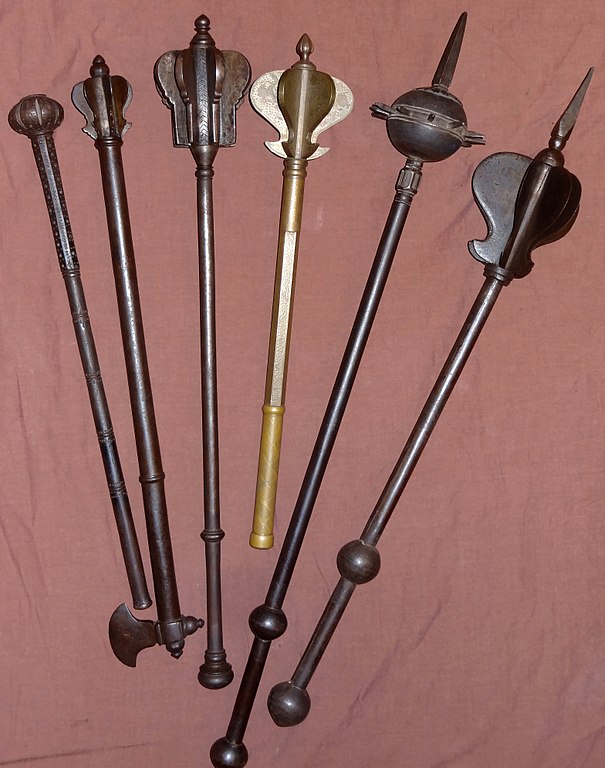
Using Maces in the Middle Ages
The mace was a blunt weapon or a type of club that used a heavy head on the end of a handle to deliver powerful strikes. The mace was used mostly by warriors and soldiers for close combat, particularly during the medieval period. It was also prevalent among knights and aristocrats, as they could cause significant internal damage. They were very useful for fighting on foot, as the holder could choose which regions of the body to strike while still keeping a significant distance from the opponent.
Many fighters also used maces to cripple horses or for knocking riders off of them – making the medieval mace a valuable weapon against cavalry.
Was it Easy to Use a Medieval Mace?
Although maces were very popular, they also had a problem: Early models had stone heads that shattered easily and were difficult to fix to the wooden handle reliably. With the advent of copper, the heads provided a better fit and resistance, making maces a good option for knights and aristocrats.
The head of a mace shaped with flanges or knobs allows greater penetration of plate armour. The maces of foot soldiers were usually quite short, between two or three feet (sixty to ninety centimetres), while those of cavalrymen were longer and better suited for blows delivered from horseback.
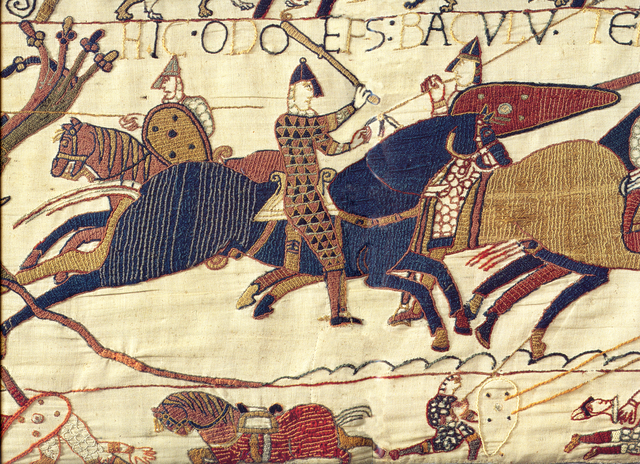
Famous Medieval Maces Throughout History
Because maces were widely used during medieval times, there ar a few of them that are still considered “famous” to this day. These include:
- The Holy Water Sprinkler Mace: As I mentioned above, this medieval mace was used during the Crusades. It had a metal head with knobs and a long handle and was popular with Christians who wanted to use it against their non-Christian adversaries.
- The Drogden Mace: This mace was made in the 14th century and is still regarded as one of the finest surviving gothic maces. King Christian IV of Denmark used this weapon during the Kalmar War against Sweden.
Historical Maces and Where to See Them

German Mace c. 1470
This mace has six small flanges pierced with trefoils and broken with small architectural moldings.
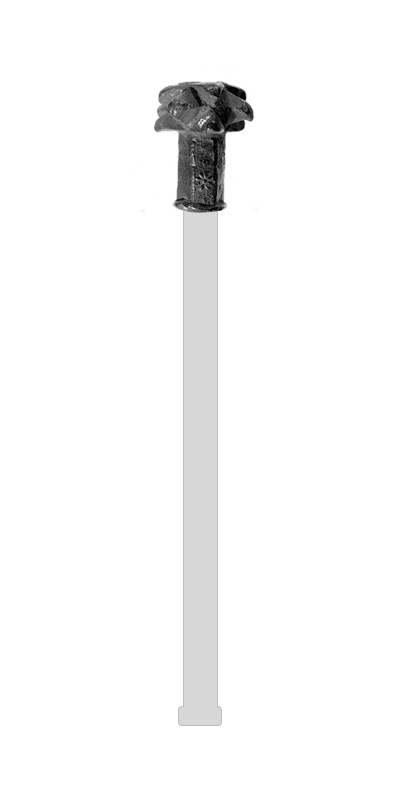
Bronze Mace Head
This bronze mace head dates back to the 13th Century and has a foliate decoration.

Italian Mace c. 1550
This mace’s head is set with eight triangular-shaped flanges and surmounted by a small knob.





